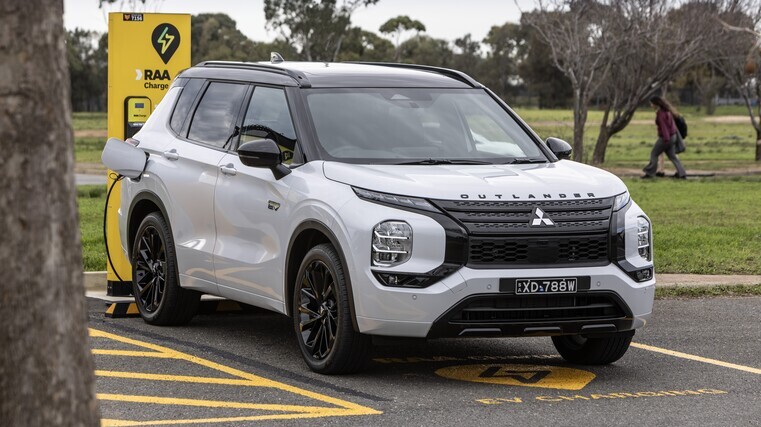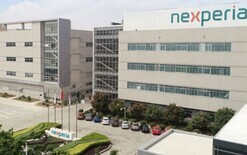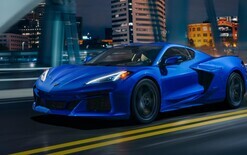Plugged in to cut costs

Back in 2021, Mitsubishi Motors engaged an independent researcher to survey owners of its plug-in hybrids (PHEVs) across the ditch.
The company says the results showed the technology was the best of both worlds with owners using their vehicles in pure EV mode more than 80 per cent of the time, offering instant carbon-dioxide (CO2) reductions without the need for extra charging infrastructure.
The Australian automotive industry has since seen unprecedented change as manufacturers seek the most appropriate powertrain solutions to cut tailpipe emissions. And the federal government’s new-vehicle efficiency standard has added further impetus.
Mitsubishi has continued to invest in plug-in powertrains. The 2022 introduction of the current Outlander PHEV advanced the concept to give up to 84km of electric range on ADR 81/02 testing and a combined real-world range exceeding 800km.
After initial supply constraints, the PHEV has supported the Outlander’s top 10 Australian sales position. Today, plug-ins make up 20 per cent of total Outlander sales there, August 2024 year to date, compared to the previous generation’s total of less than five per cent.
Eclipse Cross PHEV has supported overall Mitsubishi PHEV sales by contributing 27 per cent of all that model’s registrations so far in 2024. Combined, Mitsubishi accounts for 43 per cent of the Australian PHEV new-car market.
With this market-leading position, it recommissioned Platform One to reveal what plug-in intenders look for and how Mitsubishi PHEV owners use their vehicles.
With more PHEV owners came a larger sample size, increased from around 130 to around 800. Platform One also surveyed a range of PHEV intenders and augmented the insights further by using data to capture a wide view of the market’s evolution.
Offering long-range flexibility
The Platform One data demonstrated that new Outlander PHEV owners use their vehicle in EV mode 81 per cent of the time, while Eclipse Cross plug-in owners use EV mode 75 per cent of the time.
These drivers are effectively reducing their tailpipe emissions by these percentages when compared to driving cars with internal combustion engines.
These “EV share” figures contrast with often-cited European data, stating an EV share of only 45-49 per cent for private PHEV owners, according to the International Council on Clean Transportation.
Most Mitsubishi PHEV owners charge daily – 50 per cent Outlander, 58 per cent Eclipse Cross – and make use of home charging at 97 and 96 per cent respectively.
The latter highlights another plug-in advantage, according to Mitsubishi Motors Australia. And that’s with a smaller battery pack than needed for a similarly sized BEV, PHEV charging can be conveniently completed overnight via a domestic socket.
In fact, 85 per cent of Outlander PHEV owners and 89 per cent of Eclipse Cross owners who charge at home use a domestic socket.
PHEV charging behaviours – for example, plugging the vehicle in and monitoring its state of charge – also prepare owners for a future BEV purchase.
Mitsubishi PHEV owners are using their vehicles predominantly as short-range EVs and realising associated benefits without infrastructure anxiety.
Transition technology
Verbatims reveal that PHEV owners had considered a BEV. However, price and infrastructure considerations tipped the balance towards a plug-in.
Since 2021, the electrified technology adoption curve has also evolved from “early adopter” to “early majority”, suggests the marque’s research.
Early adopters are seen as more willing to make the behavioural change needed to adopt BEVs, exploring the technology’s benefits and limitations that come with ownership.
The early majority is more pragmatic. It accepts the need for change but is less willing to compromise behaviour if it negatively impacts on driving needs or lifestyles.
Real-world running costs
When asked their top five reasons for choosing an Outlander PHEV, running costs was the number-one response for 45 per cent of owners. “Fit for purpose” and “warranty length and inclusions” ranked second and third on 41 and 38 per cent respectively.
Eclipse Cross lug-in owners rated running costs as the primary purchase reason on 45 per cent. This was supported by the warranty ranking second with fit for purpose third at 41 and 34 per cent respectively.
Ninety-two per cent of Mitsubishi PHEV owners say running costs are lower when charging the battery, with 92 per cent on average also agreeing that using EV mode improves real-world fuel economy while reducing the need to visit fuel stations. Other Outlander PHEV insights – with Eclipse Cross PHEV users in brackets – include:
• 62 per cent of Outlander PHEV owners were new to Mitsubishi (64 per cent) with the technology driving strong conquest sales.
• Two out of three PHEV owners intended to keep their vehicle for five years or more.
• 58 per cent used adjustable regenerative braking via the steering-wheel paddles (63 per cent) to further support battery state-of-charge.
• 45 per cent used charge mode to top up the battery “on the go” (39 per cent) and reverting to EV mode as required.





